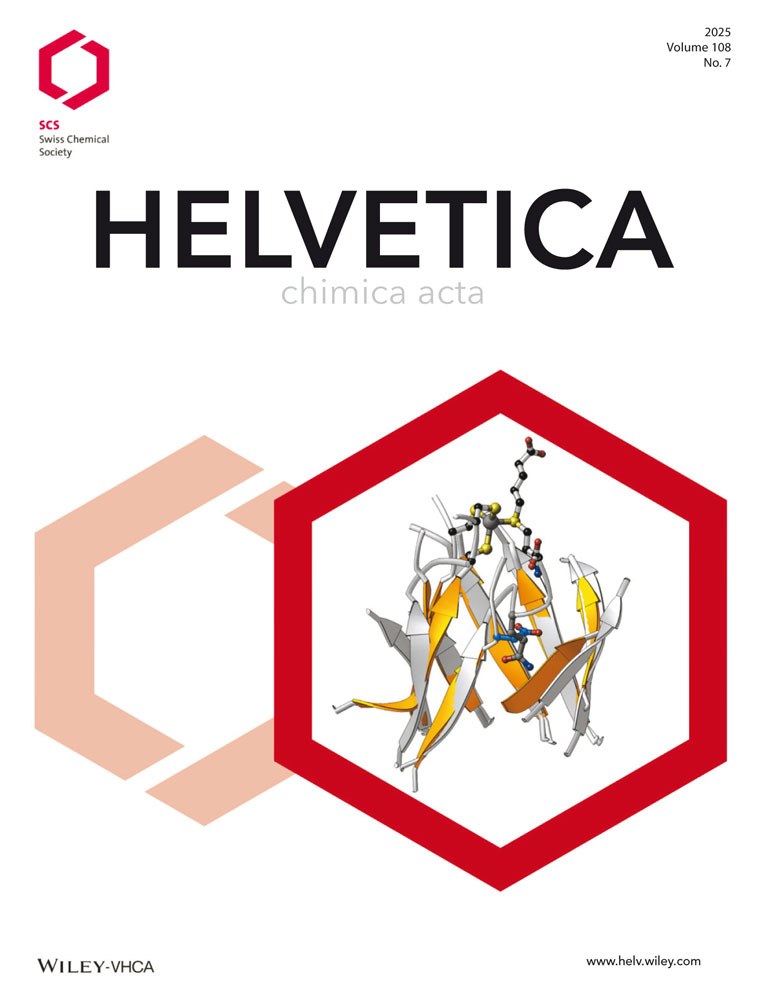Synthesis of Thymidine, Uridine, and 5-Methyluridine Nucleolipids: Tools for a Tuned Lipophilization of Oligonucleotides
Abstract
Three pyrimidine nucleosides, uridine (1), 5-methyluridine (6), and 2′-deoxythymidine (11), were converted to amphiphilic nucleolipids. Compounds 1 and 6 were lipophilized by introduction of symmetric ketal moieties with various carbon chain lengths (i.e., 5–17). Two ketal derivatives, 2b and 7a, were additionally further hydrophobized by N(3)-farnesylation. 2′-Deoxythymidine was alkylated at N(3) with a cetyl (=hexadecyl) residue, either directly or, after complete orthogonal protection of the sugar OH groups, by Mitsunobu reaction with hexadecan-1-ol. Some of the nucleolipids were subsequently converted to their 2-cyanoethyl phosphoramidites (5′ or 3′), one of which was used for an exemplary synthesis of a lipo-oligonucleotide. The sequence of this lipo-oligonucleotide is an encoded manifestation of Pythagoras' law, created with a key table in which the letters of the alphabet, the numbers from 0 to 9 as well as the mostly used mathematical symbols are allocated to a ribonucleic acid triplet of the genetic code.




